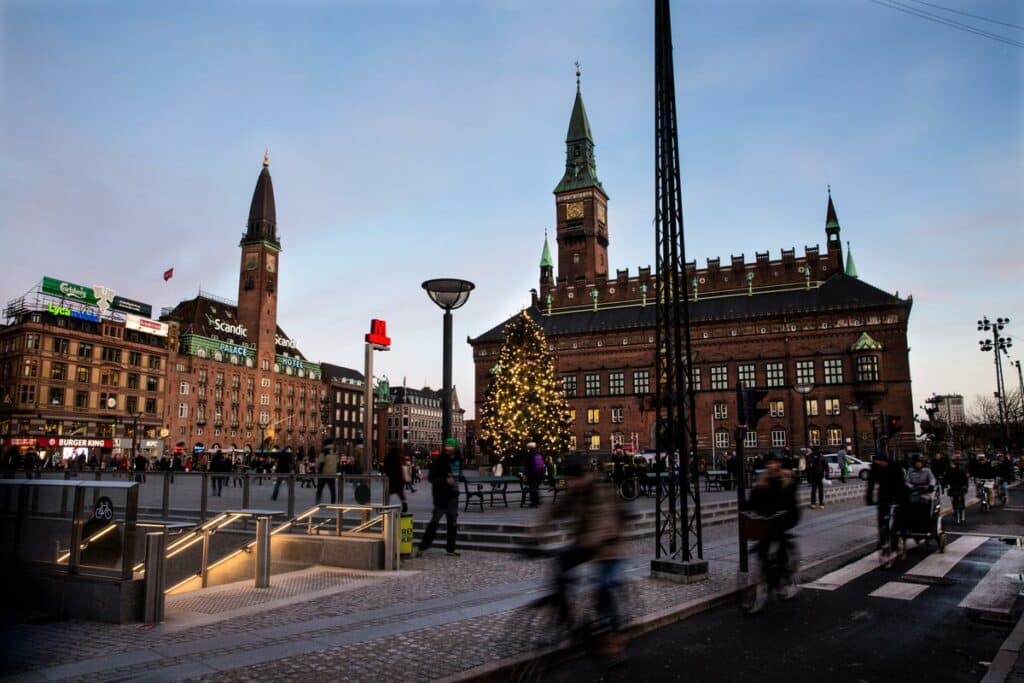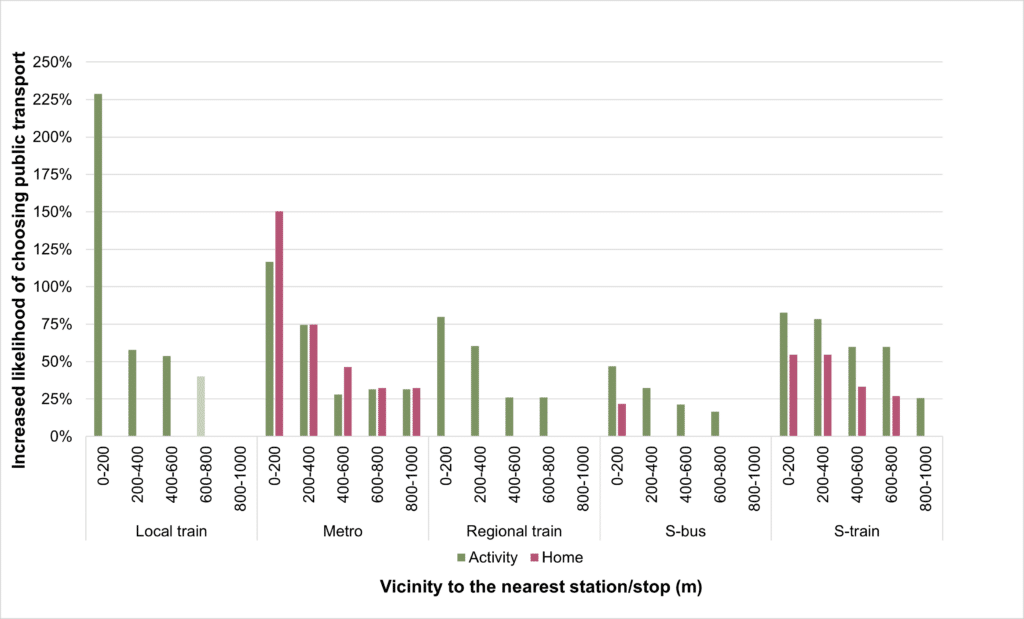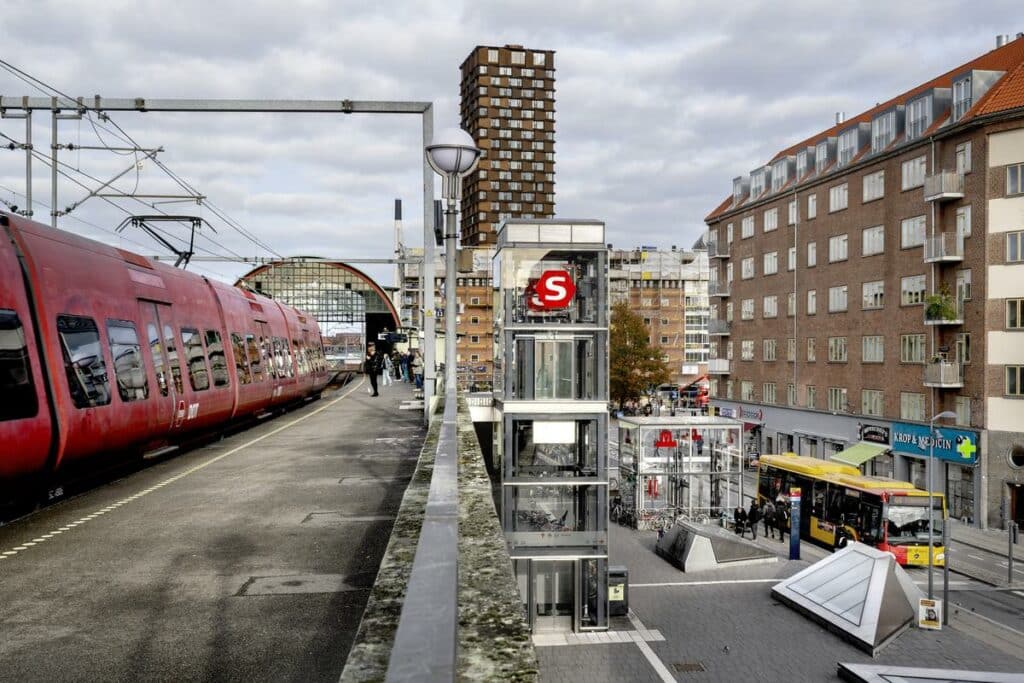Join JPI UE
Faq
FAQ
Please click here for the frequently asked questions we collected.
If you have an additional questions you are welcome to mail us at info@jpi-urbaneurope.eu
A Holistic Approach to Urban Mobility
At its core, EASIER aims to understand how we can shift people from private cars to more sustainable and active modes of transportation by studying the entire door-to-door journey. “So many public transport journeys, for example, have been studied in isolation, but you actually have to get to the station, and you have to get from the station that you exit and then towards your final destination,” Evelien explains. “So, a public transport journey is always a multimodal journey that includes either walking or biking and may also connect to a number of shared mobility forms.”
EASIER brings together a diverse international team of experts from psychology, architecture, policy, modelling, and mathematics from Denmark, Germany, Norway and Sweden to tackle this complex challenge. The project includes case studies in four similar northern European countries, allowing for the exchange of insights and best practices across different contexts. “So, we looked at larger cities in Denmark, Sweden, Norway, and Germany. You might say the contexts are very similar, and that was the idea. If we had a completely different system in there, say Portugal, we could not really exchange so many insights because it’s a very different context,” Otto notes.
Safer and more attractive public spaces in Copenhagen attract passengers

This station opens up to a bustling area in the Copenhagen Capital Region, seamlessly blending into the vibrant surroundings and human activity. Metroselskabet/Ditte Valente
One of the key findings was that urban surroundings significantly influence perceived safety, mode choice, and public transport ridership. Consequently, the project has employed a useful 48-point criteria system for evaluating station performance. It has worked so well that it has, in turn, spawned a follow-up project with the Danish Standards organisation to create guidelines for the design and evaluation of transport terminals throughout the country.
This focus on urban design extends beyond just the immediate station area. Another surprising finding in the Copenhagen region challenged the common notion that providing park-and-ride facilities is the best way to encourage public transport use. Instead, the project found that having houses, apartments, and workplaces closer to stations increases public transport usage more than placing parking lots near the stations. Otto explains that “large parking lots can be poorly lit and lack sidewalks, making the journey to the station feel less pleasant and unsafe for people who walk or bicycle, discouraging them from using public transport. In fact, the research shows that the presence of a large parking lot can reduce the likelihood of choosing public transport by 20-22%.”

These results show that people are less sensitive to distance at their home end, but it’s crucial for activities to be close to the station. Proximity within 0-400m is significantly better than 400-800m, with preference dropping sharply with distance. Results also show that mode of transport has an effect.
Optimising Public Transport through Passenger Behaviour Insights
In the project’s optimisation work, EASIER examined the impact of passenger behaviour on the design of a bus rapid transit (BRT) line in the Greater Capital Region of Copenhagen in a collaboration between DTU and RPTU. The team developed a decision support tool that shows how many passengers would travel along the line given a certain level of investment, investigating two types of behavioural response: linear and non-linear. Evelien explains “linear responses assume incremental improvements in service quality lead to a proportional increase in ridership. On the other hand, a non-linear response is one where ridership increases more dramatically once a certain threshold of service quality is reached.”
The study found that the best solution for a new or alternative route given a certain budget depended on the type of passenger response. Thus, it is important not only to investigate the maximum potential of a full BRT line but also to find out how sensitive demand is to small alterations in the planning phase, as ignoring these issues in the planning phase may lead to sub-optimal investments. Mathematical models, like the one developed by EASIER, can help municipalities gain insight quickly and easily into these trade-offs between investment and route alternatives.
Bridging the Gap between Research and Policy
In Denmark, Norway, Germany, and Sweden, EASIER also focused on the policy side of urban mobility, examining why public transport organisations are sometimes reluctant to implement promising design recommendations. The ULUND team conducted a workshop in each country focusing on a door-to-door trip in the area of Berlin, Copenhagen, Trondheim/Trondelag, and Lund/Malmö. They did this by involving sixteen key stakeholders across all of these contexts, such as municipalities, public transport authorities and transport providers such as DSB and SJ, railway companies in Denmark and Sweden, to understand the challenges and barriers to implementing potentially promising recommendations.
One key finding from the workshops was a “recurring issue of misaligned objectives and priorities among stakeholders.” Evelien illustrates this challenge with an example of bike parking at train stations. While a municipality may want to improve bike parking facilities to encourage more people to cycle to the station, non-municipal public transport authorities often own the spaces around the stations. These authorities may not prioritise cycling as an important feeder mode in their system, leading to a lack of investment in bike parking facilities.
More broadly, the research reveals that when organisations at different levels of government (local, regional, and national) are not aligned, it can quickly lead to conflicting priorities and make it challenging to work together effectively. These issues can create obstacles to providing seamless door-to-door journeys for passengers. To tackle these problems, it’s crucial to put the user and their entire journey at the heart of the decision-making process. By focusing on the user’s complete journey, policymakers can better understand how different organisations rely on each other and work together to create a smooth travel experience. This approach helps to break down silos between organisations and ensures that everyone is working towards a common goal: providing a well-connected, easy-to-navigate transportation system for users.

An integrated transit hub featuring S-train, metro, and bus services, showcasing the connectivity of public transport in the Copenhagen Capital Region. Metroselskabet/Bax Lindhardt
EASIER’s research output also emphasises the importance of formal partnerships between organisations, such as the DOT ticket app in Denmark (a collaboration between the Danish public transport companies DSB, Copenhagen Metro & Movia) and Miljøpakken, a national funding system in Norway. These collaborations bring together stakeholders to work towards integrated, sustainable mobility solutions. For instance, as a result of the DOT collaboration, it is now possible to use the same ticket (Rejsekortet) for all modes of public transport in Copenhagen and the rest of Zealand.
The Power of Interdisciplinary Collaboration
One of EASIER’s key strengths is its ability to foster collaboration between different disciplines. For instance, the partnership between DTU (experts in quantitative modelling) and NTNU (architectural specialists) in Copenhagen and Trondheim led to valuable insights into urban surroundings and statistical analysis.
Otto notes that DTU was able to provide statistical modelling and mathematical optimisation to quantify the impact of urban design elements, while NTNU contributed its architectural insights to guide the analysis and interpretation of the results. Otto says, “this interdisciplinary approach allowed everyone to gain a more comprehensive understanding of how the built environment influences the emotional experience of walking within cities.”
By bringing together experts from diverse fields, EASIER is able to tackle urban mobility challenges from multiple angles, leading to more comprehensive and effective solutions. This interdisciplinary approach is crucial for addressing the complex and interconnected nature of urban transportation systems, which require a holistic understanding of the social, economic, and environmental factors at play.